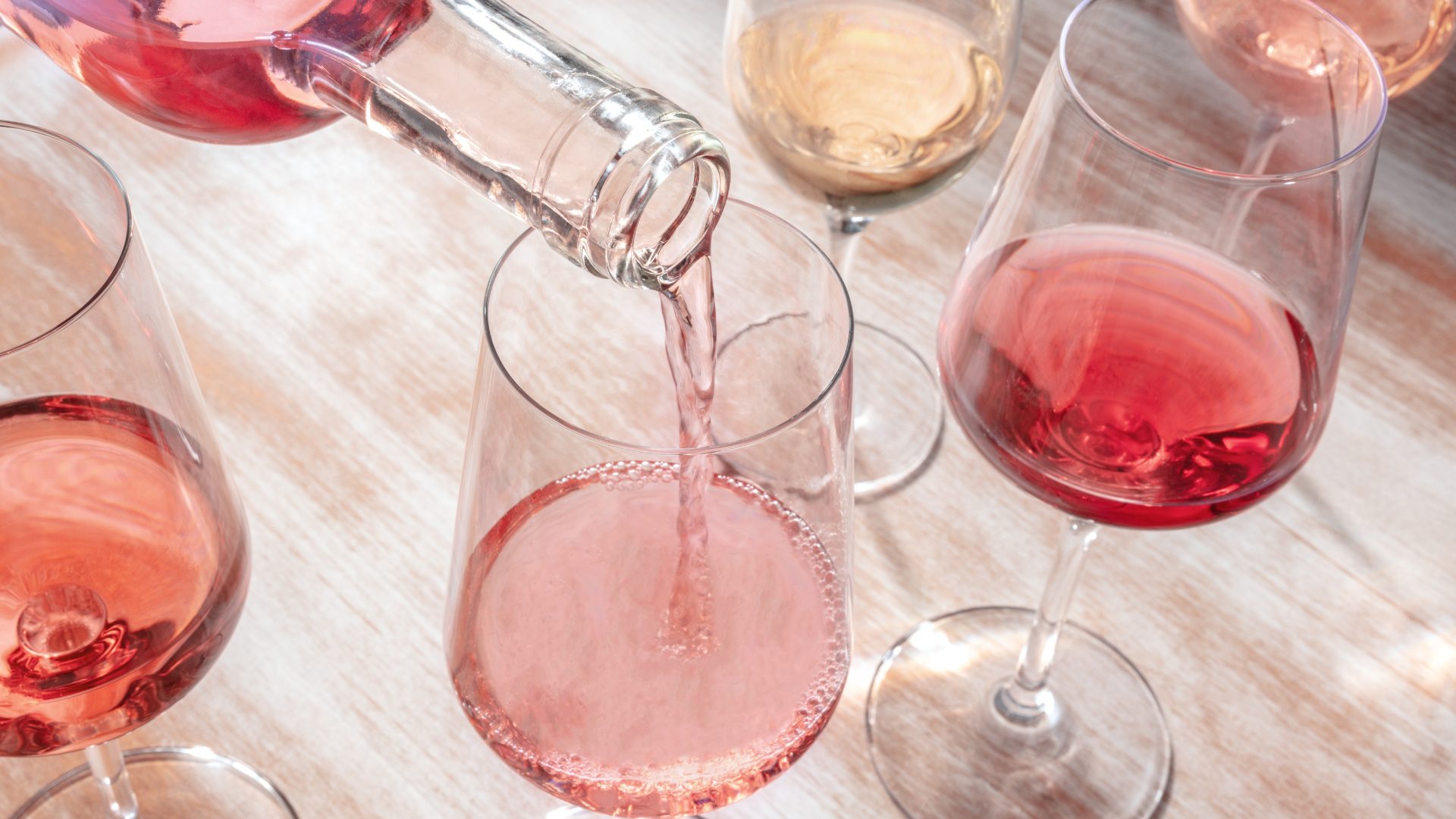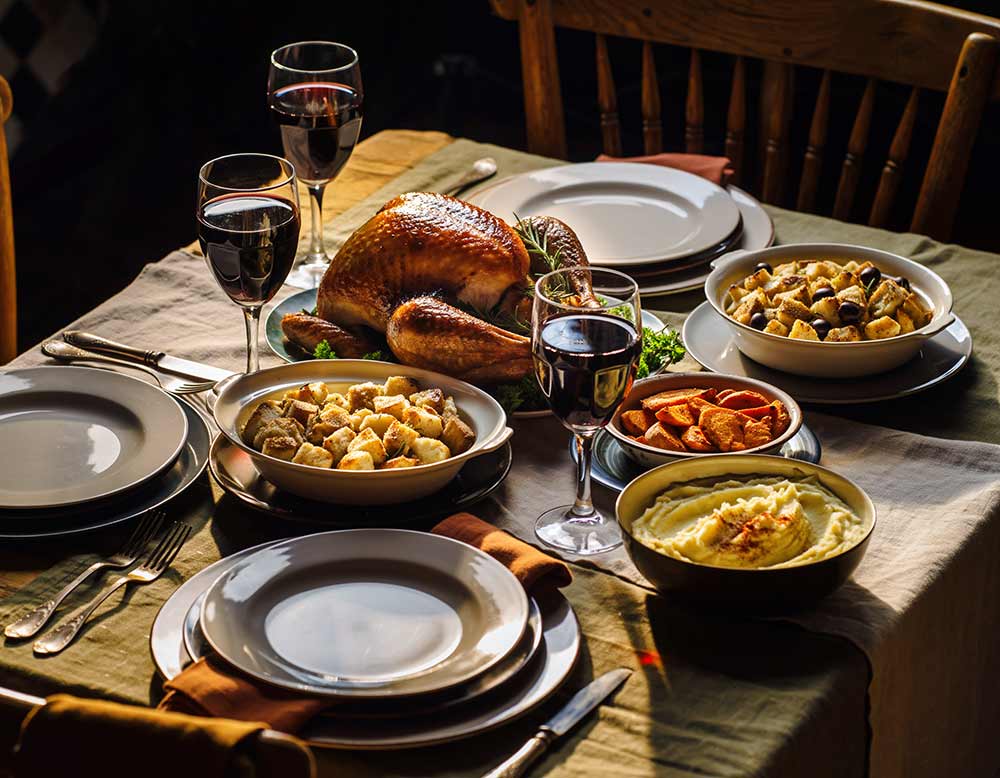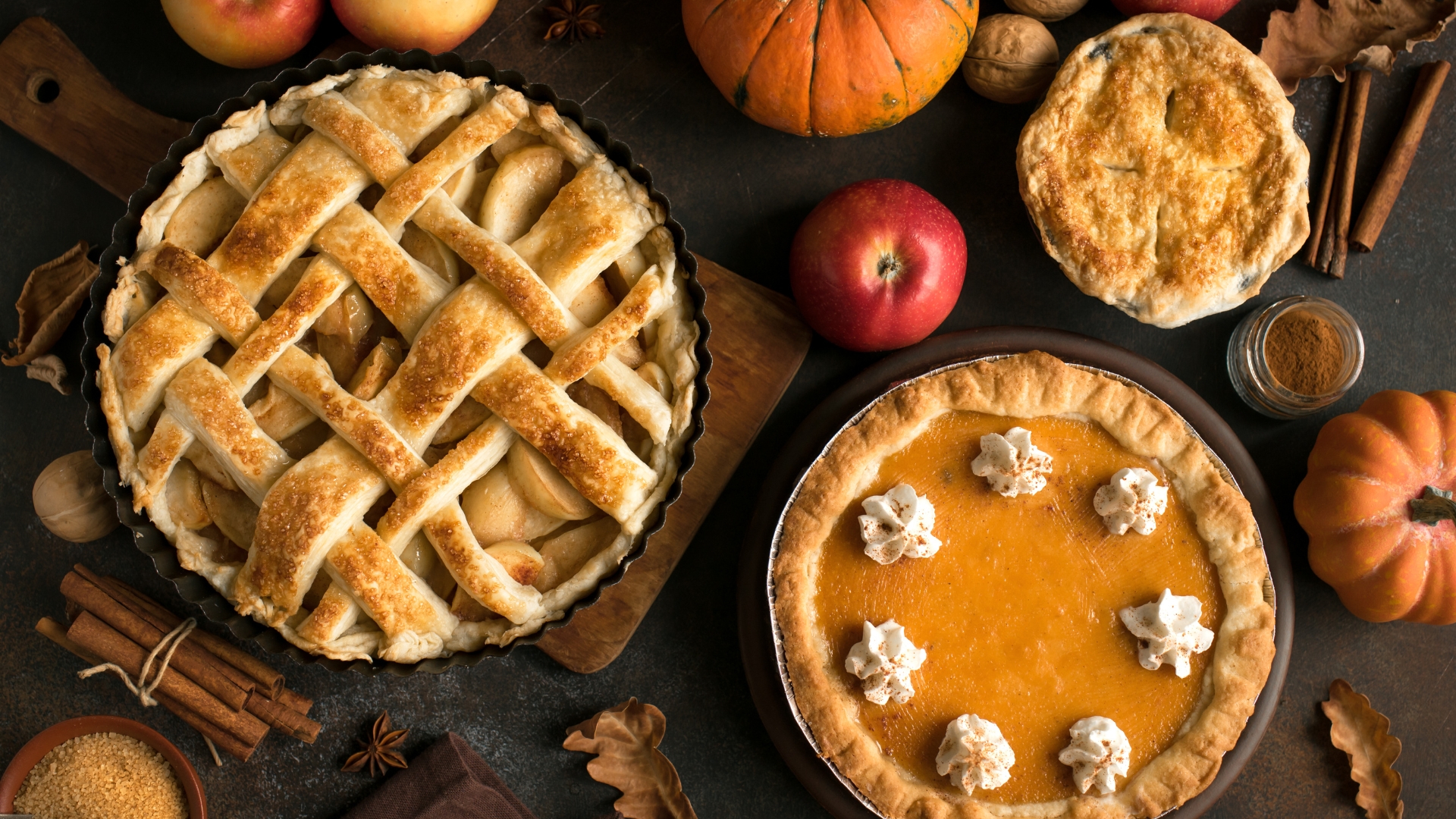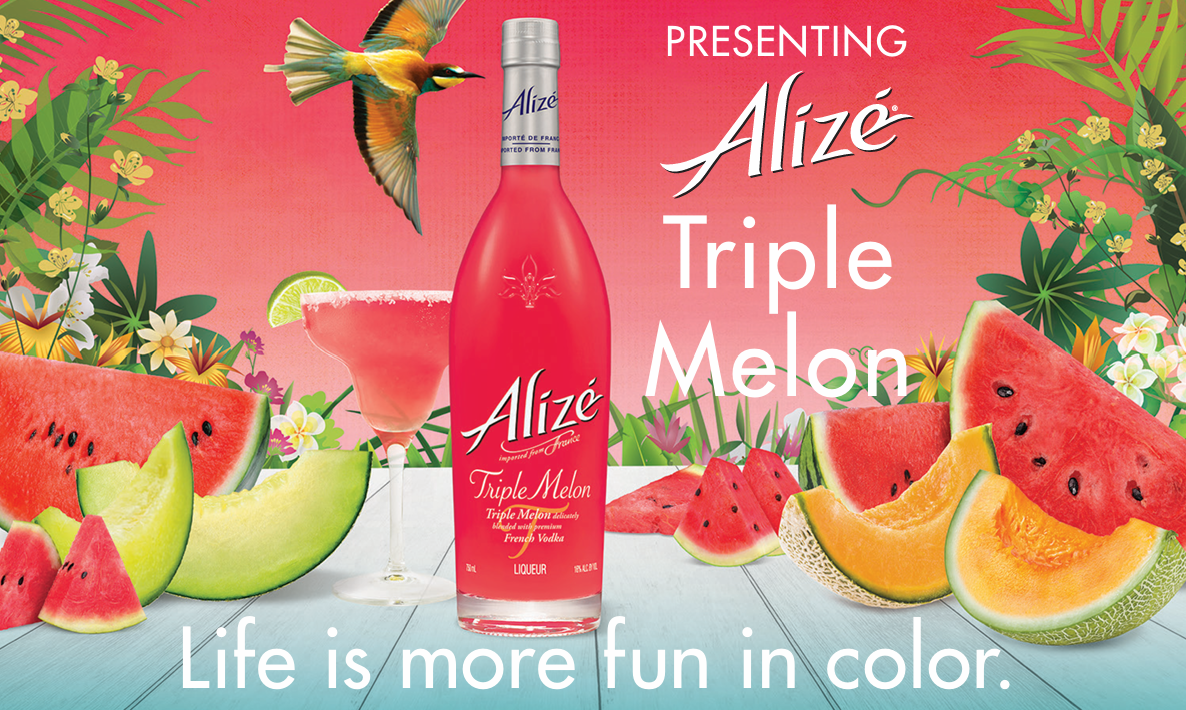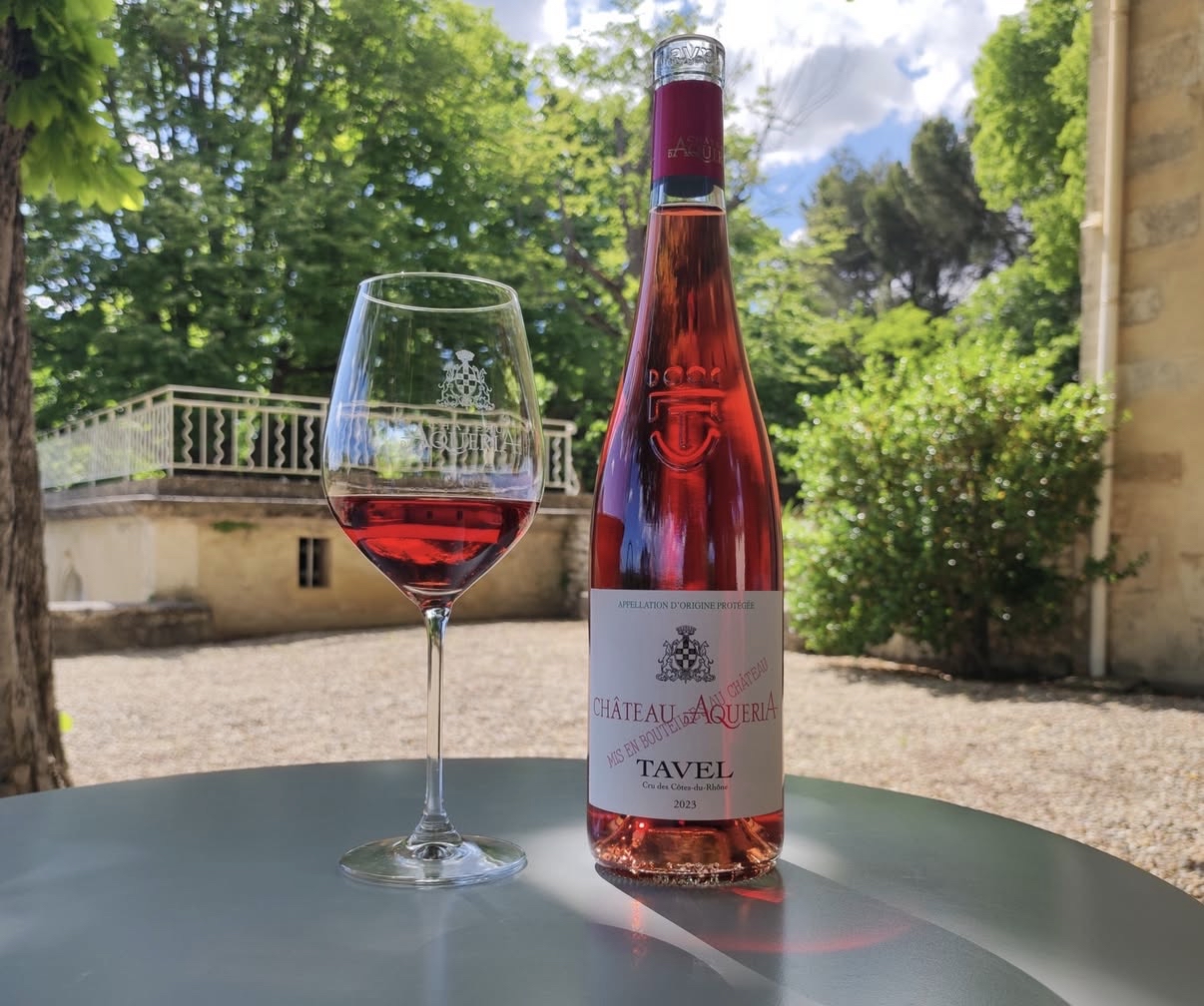Ever wondered why rosé has a beautiful pink color to it? Well, you are in luck! It’s time to become an expert on all things rosé.
There are red wines made with red grapes and white wines made with white grapes (technically more green or yellow in actual color). So, what kind of grapes is rosé made with? Rosé is made from different varietals of red grapes; however, the process is much different than your typical red.
When making rosé, the skins of the red grapes only touch the wine for a small amount of time. Typical red wines ferment for multiple weeks with the red grape skins. The process is more similar to white wine. After the red grape skins have touched the wine for a handful of hours, the skins are removed, and the juice is fermented separately. The skins are no longer used in the process after the initial exposure.
The color of rosé is completely dependent upon the winemaker. The average rosé is stained with red grape skins for just a few hours, which gives it a light pink color. Most of these wines touch the red grape skins between 2 and 20 hours. The darker the rosé is, the longer the winemaker has let the red grape skins ferment.
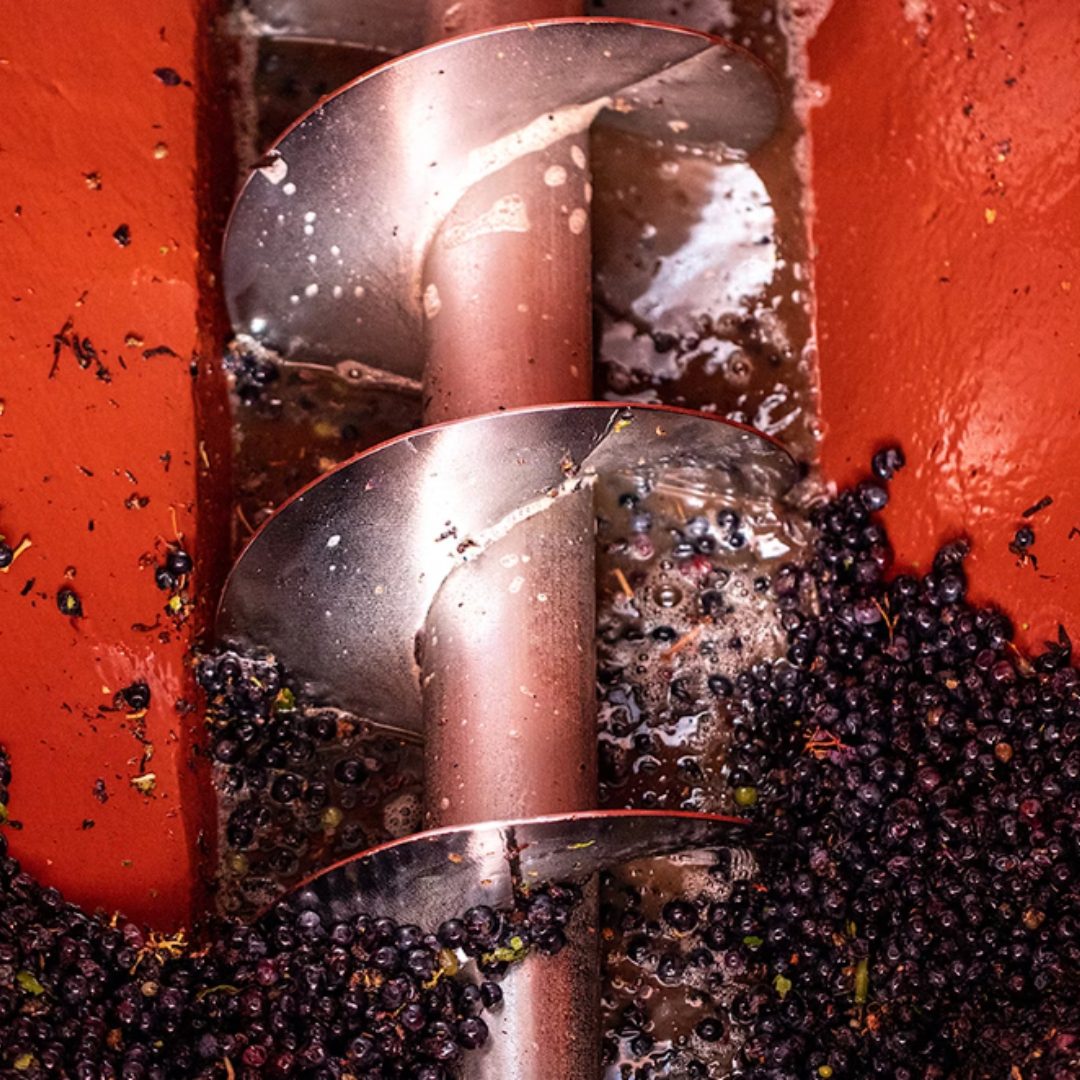
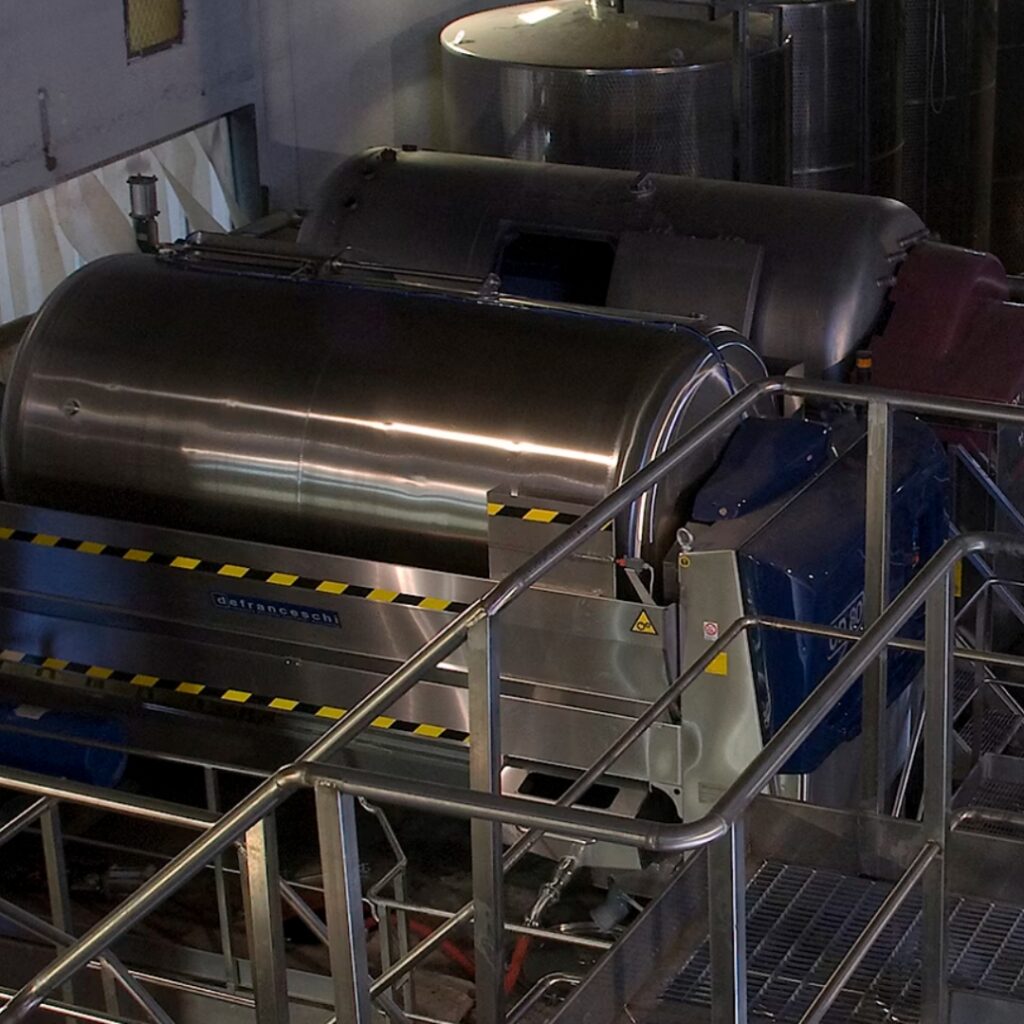
Grapes used in Rosé:
While any red grape can be used to make rosé, the best choice is a lighter skinned red grape that has fruity flavors. Some of the most popular grapes used include Grenache, Pinot Noir, Syrah, Cabernet Sauvignon, Sangiovese, Cinsault, and Mourvèdre.
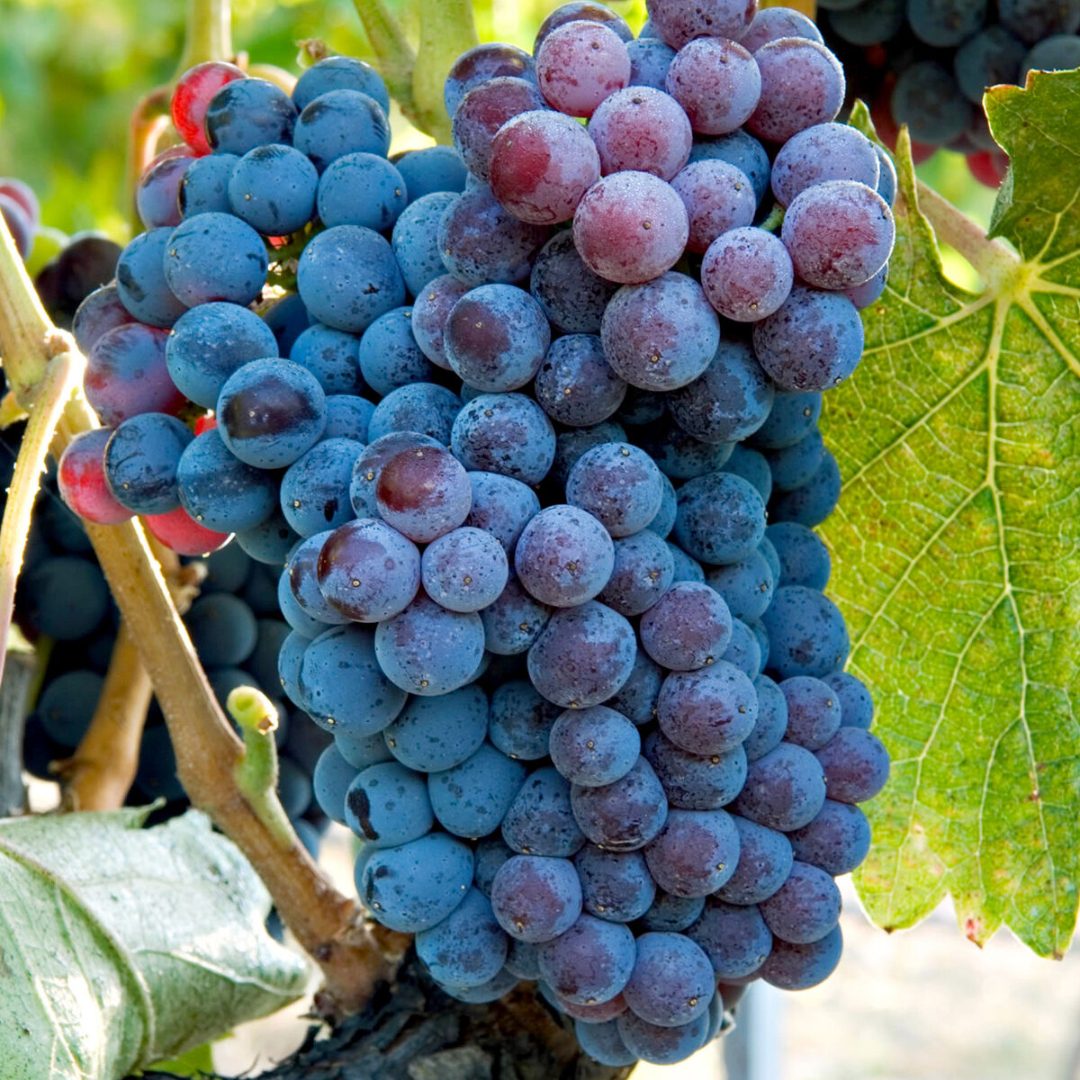
Tasting Notes of Rosé:
Since rosé can be made from any type of red grape, the flavors can vary by wine. While this wine tends to be on the lighter side, rosé still has a nice range of sweet to savory to dry. Some of the most common flavors present are fruity and floral such as strawberry, raspberry, cherry, citrus, melon, and fresh flowers. Sometimes this wine even has a nice finish with a green flavor that resembles celery or rhubarb.
How to Make Rosé
Maceration Method
The maceration method of making rosé is by far the most used method. This method is when red grapes rest in the juice for a short period of time between 2 to 24 hours depending on the desired level of color intensity. The skins are removed and then the juice is fermented into rosé. The maceration method is widely used in regions such as Provence and Languedoc-Roussillon, France.
Saignée Method
Saignée is a French word for “bleeding”, which is essentially what this technique is. The grapes are crushed and sit in the juice for a few hours. Some of the juice is then removed from the vat, so there is a higher ratio of skins to juice. Since the ratio of skins to juice is increased, the wine becomes more concentrated with color, tannins, and flavor intensity. Rosé made from the Saignée method is more suitable for aging than other rosé’s. This method is far less common than the maceration method. This method is more prevalent in areas that produce fine red wines such as Napa and Sonoma.
Blending Method
Probably the rarest of the methods is the blending method; however, a lot of people not in the wine industry assume this is how rosé is made. While there are some made this way, it is very uncommon and not the traditional method of making rosé. The blending method is when a little bit of red wine gets added to a vat of white wine. Since the red wine is saturated in color, it only takes a small amount of red wine to produce the “Rosé” color. A typical rosé made from the blending method will have only about 5% red wine. This method is not typical of still rosé’s but is more prominent with sparkling wines, which is why this method happens in the Champagne region.
Rosé We Recommend
Still Rosé
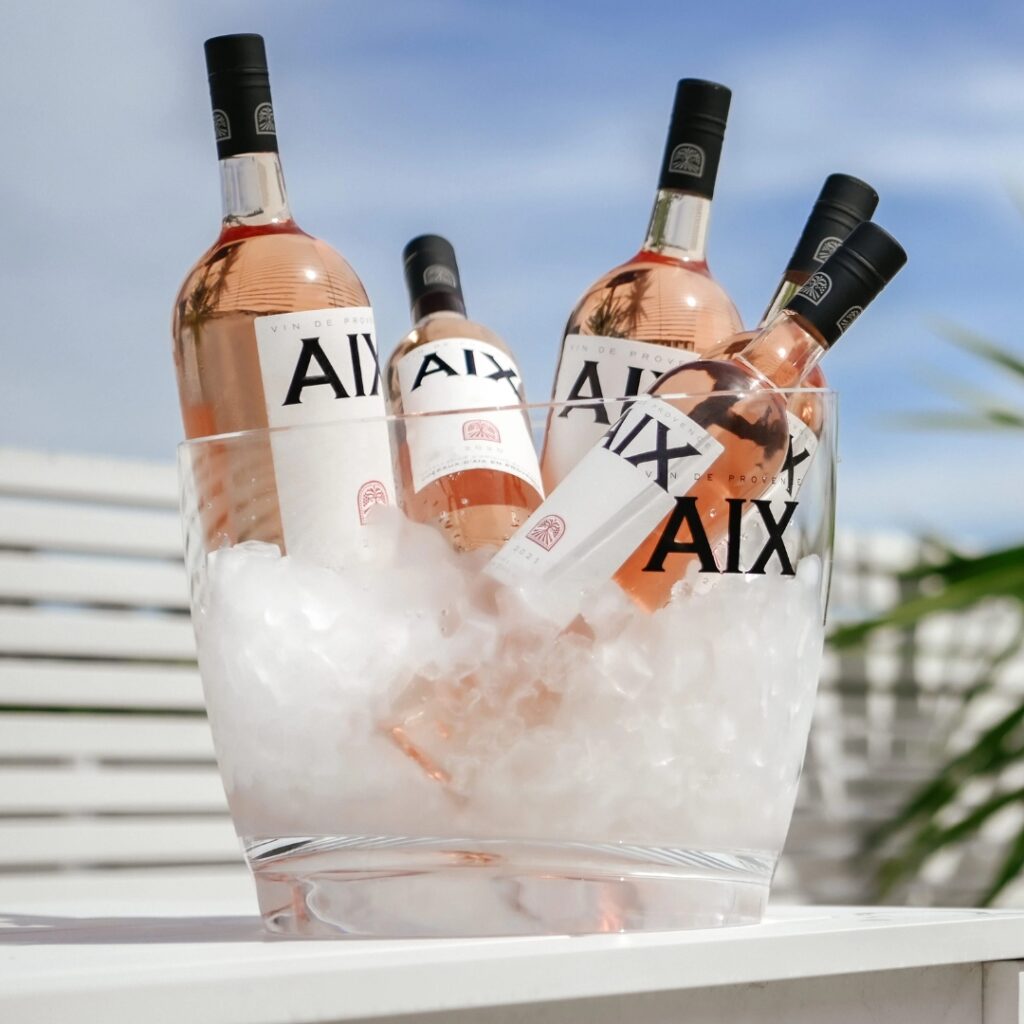
AIX Rosé
A hypnotizing salmon pink color with notes of strawberry, watermelon, peach, and subtle floral hints. Discover minerality in its long and precise finish.
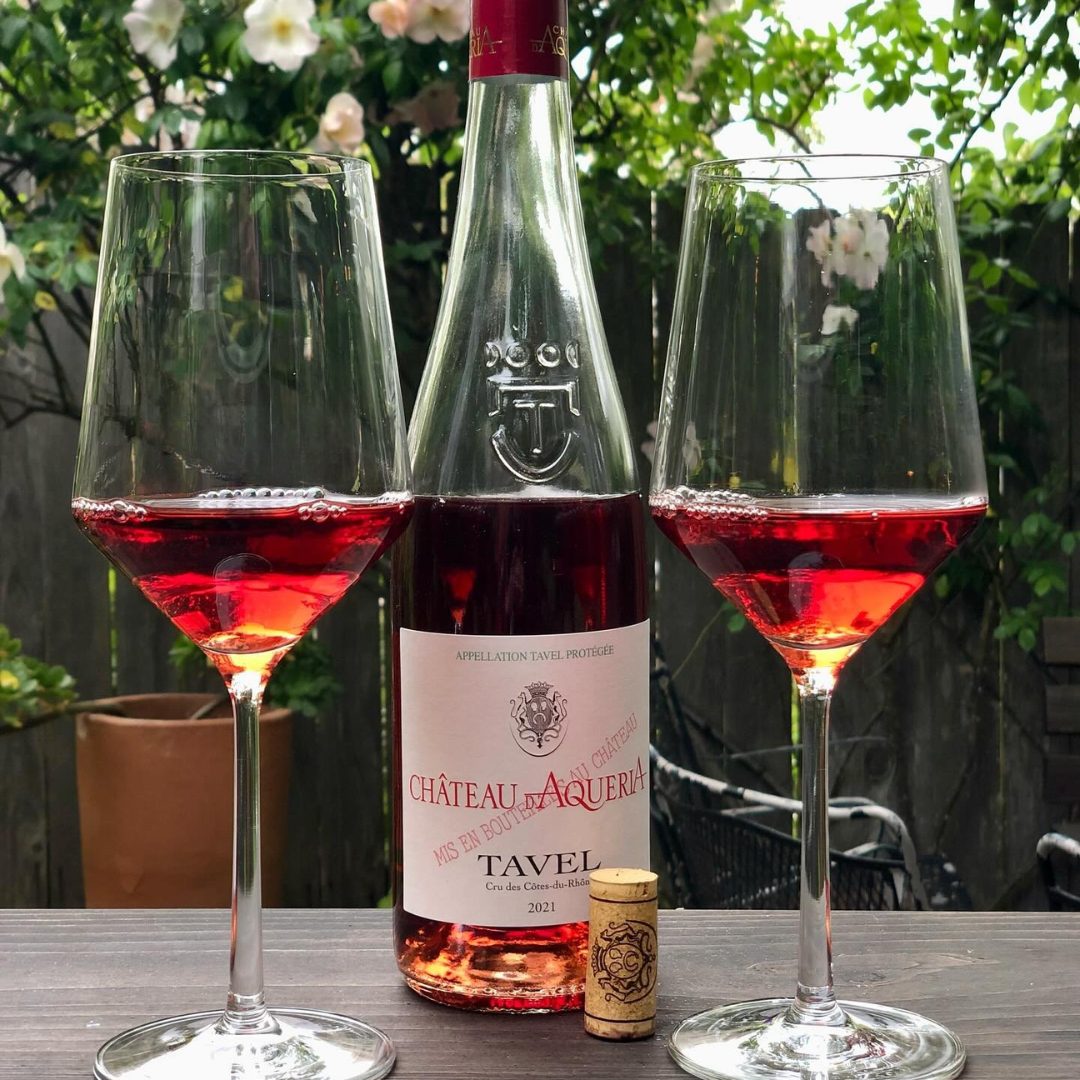
Chateau d’Aqueria Tavel Rosé
The intense pink color is characteristic of a great Tavel and shines with bright red glints. Aromas of raspberry and strawberry share the glass with peppery notes. The wine is balanced and flavorful, and the finish is long with caramel notes. It is a gastronomic rosé that pairs with every part of the meal from aperitif through dessert.
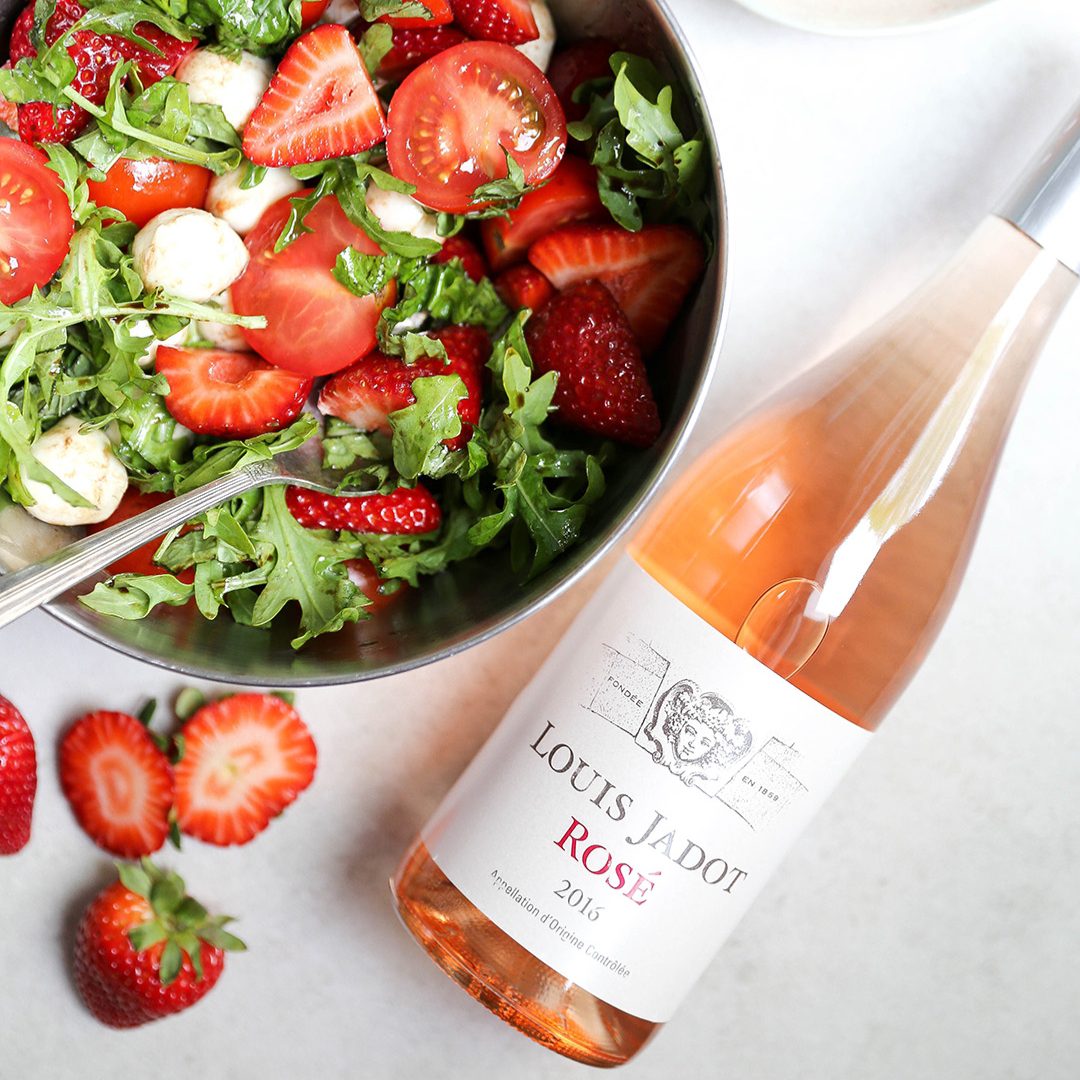
Louis Jadot Rosé
Floral and fruity, fresh red currant and raspberry fruit character.
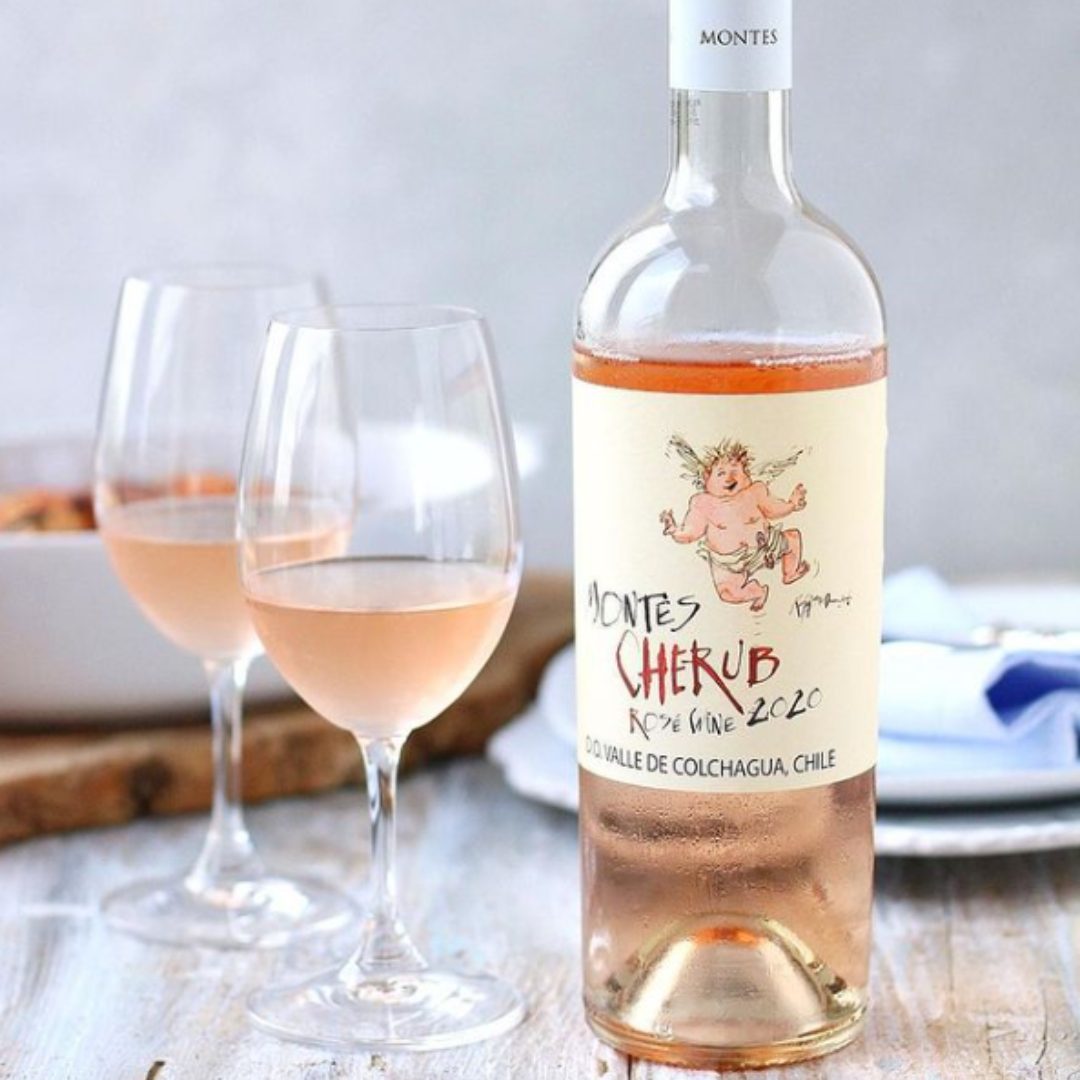
Montes Cherub Rosé
The nose is very intense with tropical aromas of pineapple and mango over a layer of fresh raspberries, sour cherries, and pomegranate. A certain floral notes confers a perfumed and cheerful finish. The palate is fresh and well balance with juicy acidity and good breadth that lends a sweet sensation.
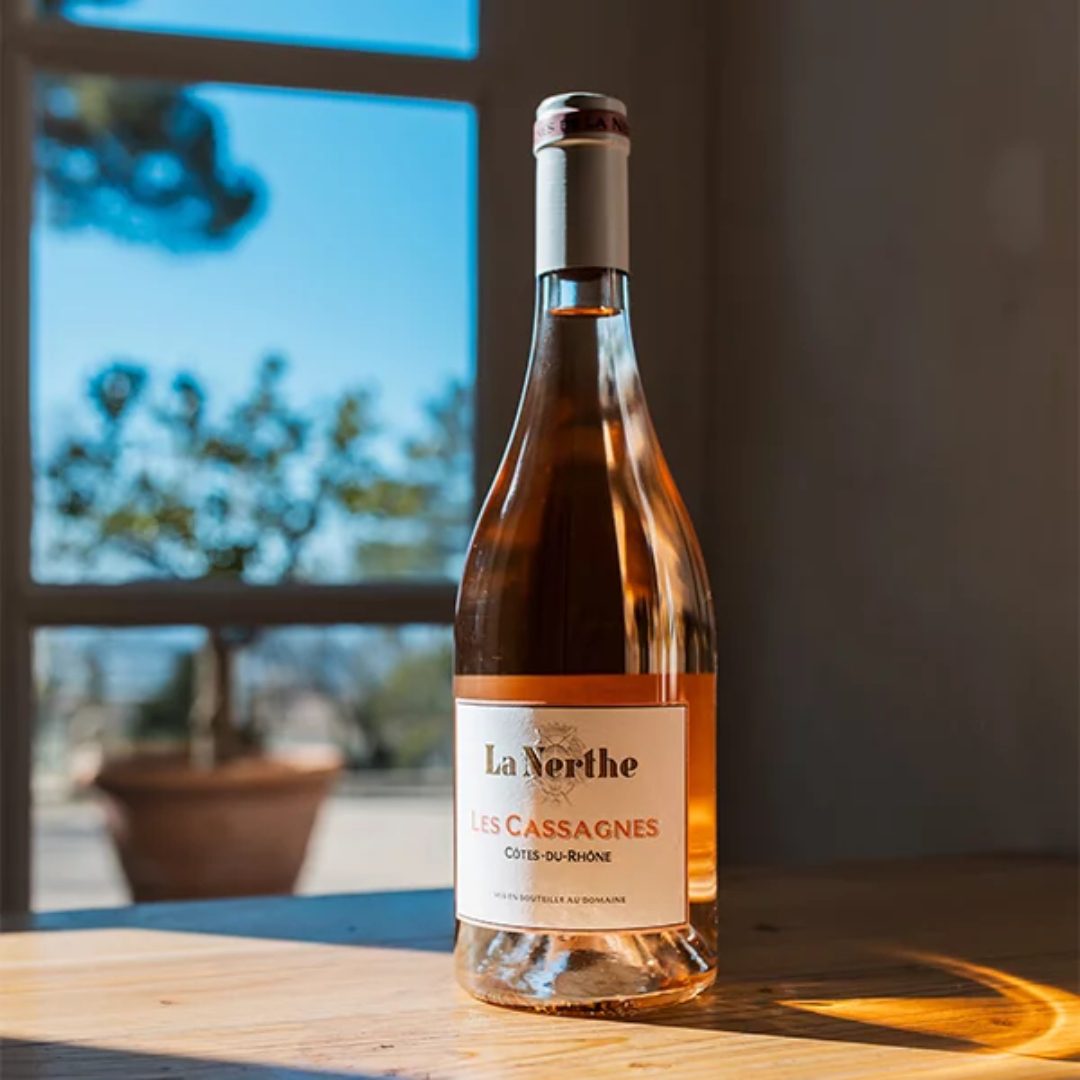
Chateau La Nerthe Les Cassagnes Rosé
Pale pink with bluish hints, this rosé has aromas of strawberry and lemon with floral notes. On the palate, the wine is balanced and crisp with generous fruit notes of redcurrant and peach and a long finish.
Sparkling Rosé

Bouvet Ladubay Excellence Brut Rosé
Salmon pink in color with fine, pinpoint bubbles, this elegant sparkling rosé offers notes of brioche, strawberry, and raspberry.
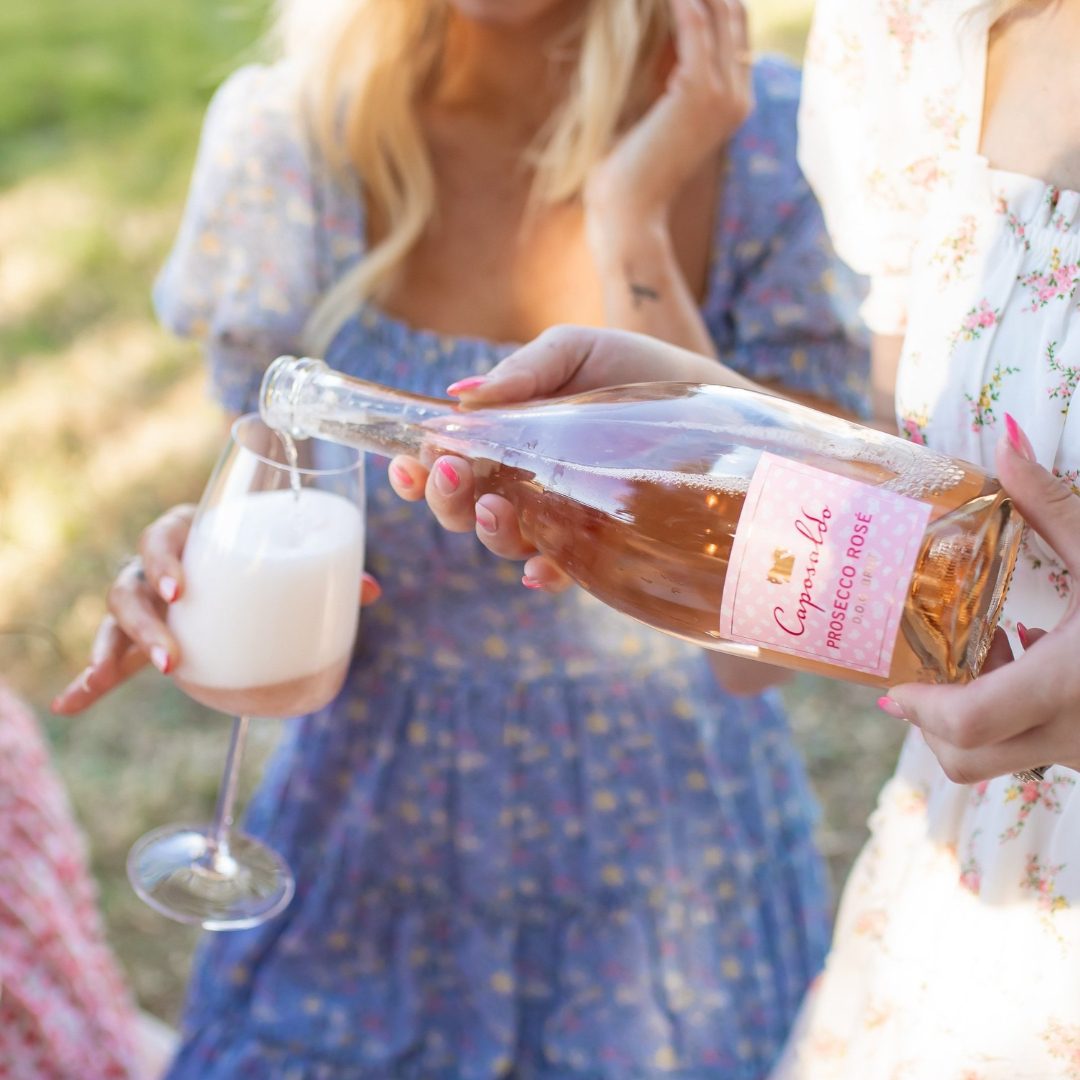
Caposaldo Prosecco Rosé
Bright, sparkling pink. A fine, persistent perlage with fragrant notes of wild strawberries, raspberries, redcurrants and cherries that give way to peaches and apricots and a final, floral flourish.
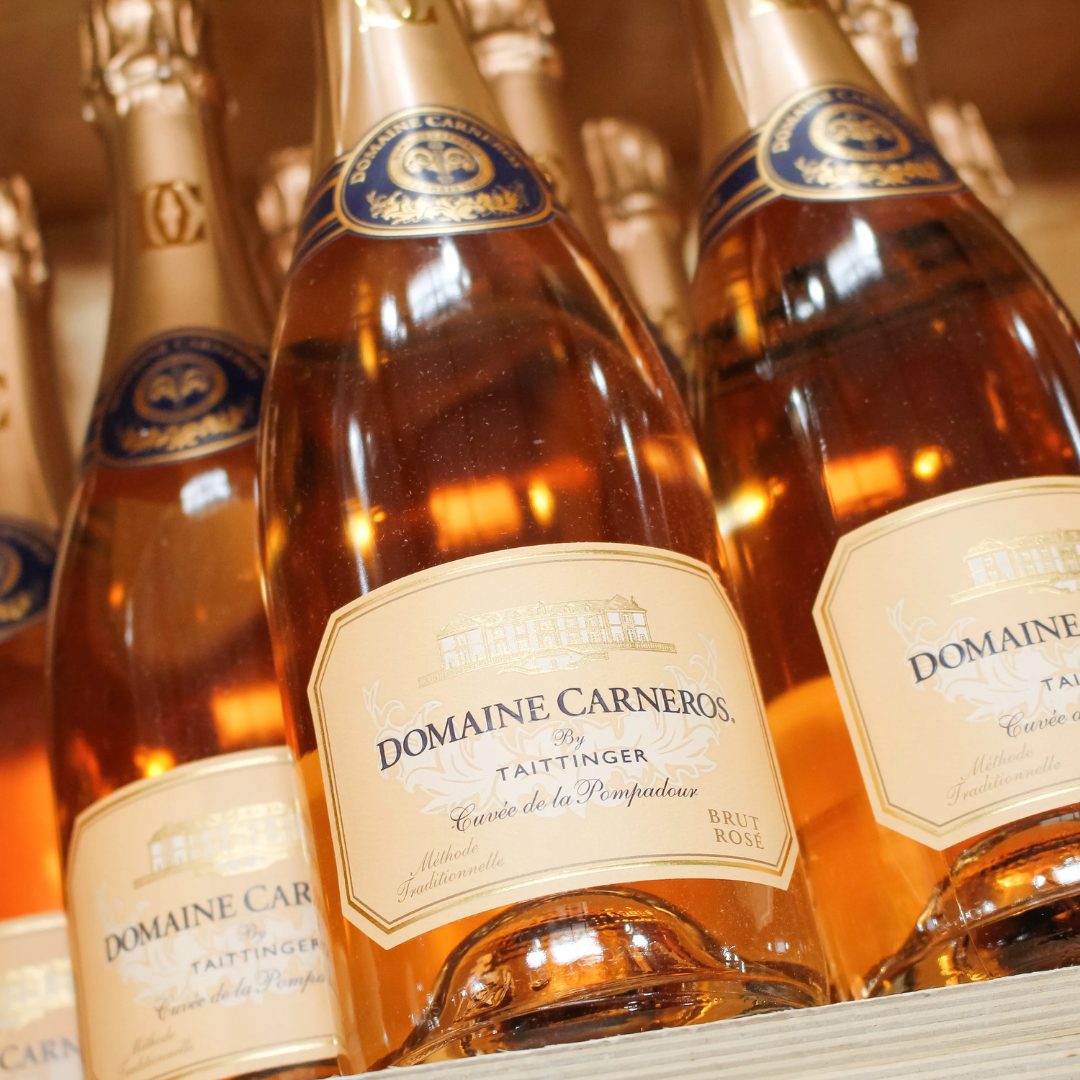
Domaine Carneros Brut Rosé Cuvée de la Pompadour
The wine’s aroma, delivered on a delicate mousse, hints of strawberry, tangerine, orange blossom, marmalade, and potpourri. The palate displays peach, apricot, watermelon and a touch of underlining honey for a soft, delicate mouthfeel and a smooth, long finish.
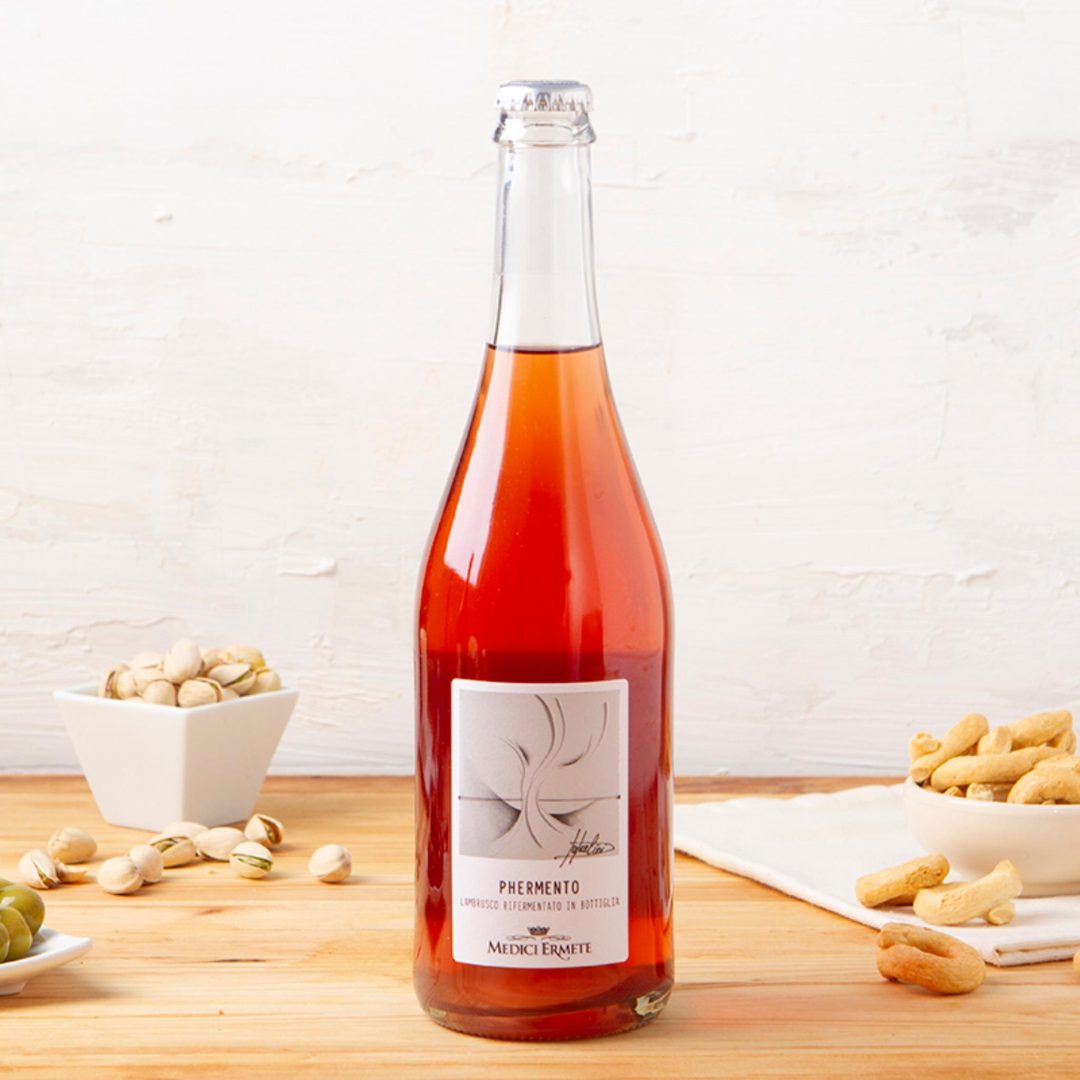
Medici Ermete Phermento
Deep pink in color, the wine has a boquet reminiscent of raspberry and red fruit. Dry, yet fruit-forward and vibrant. The bubbles are fine, rich and persistent on the finish.
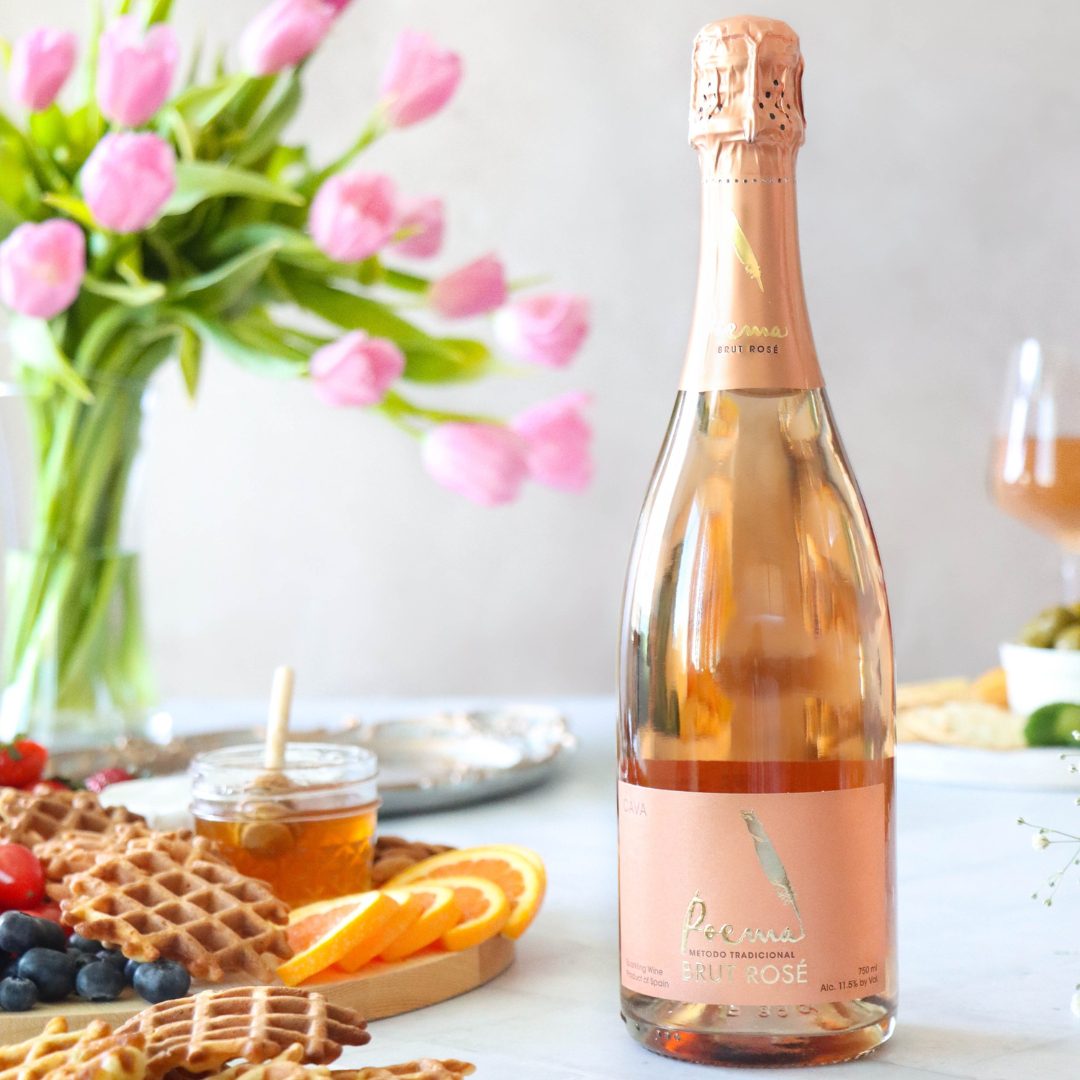
Poema Cava Brut Rosé
The wine shows aromas and flavors typical of Trepat, with fresh and elegant notes of strawberry, raspberry and rose petals. Balanced acidity keeps the wine light and fresh.
NA Rosé
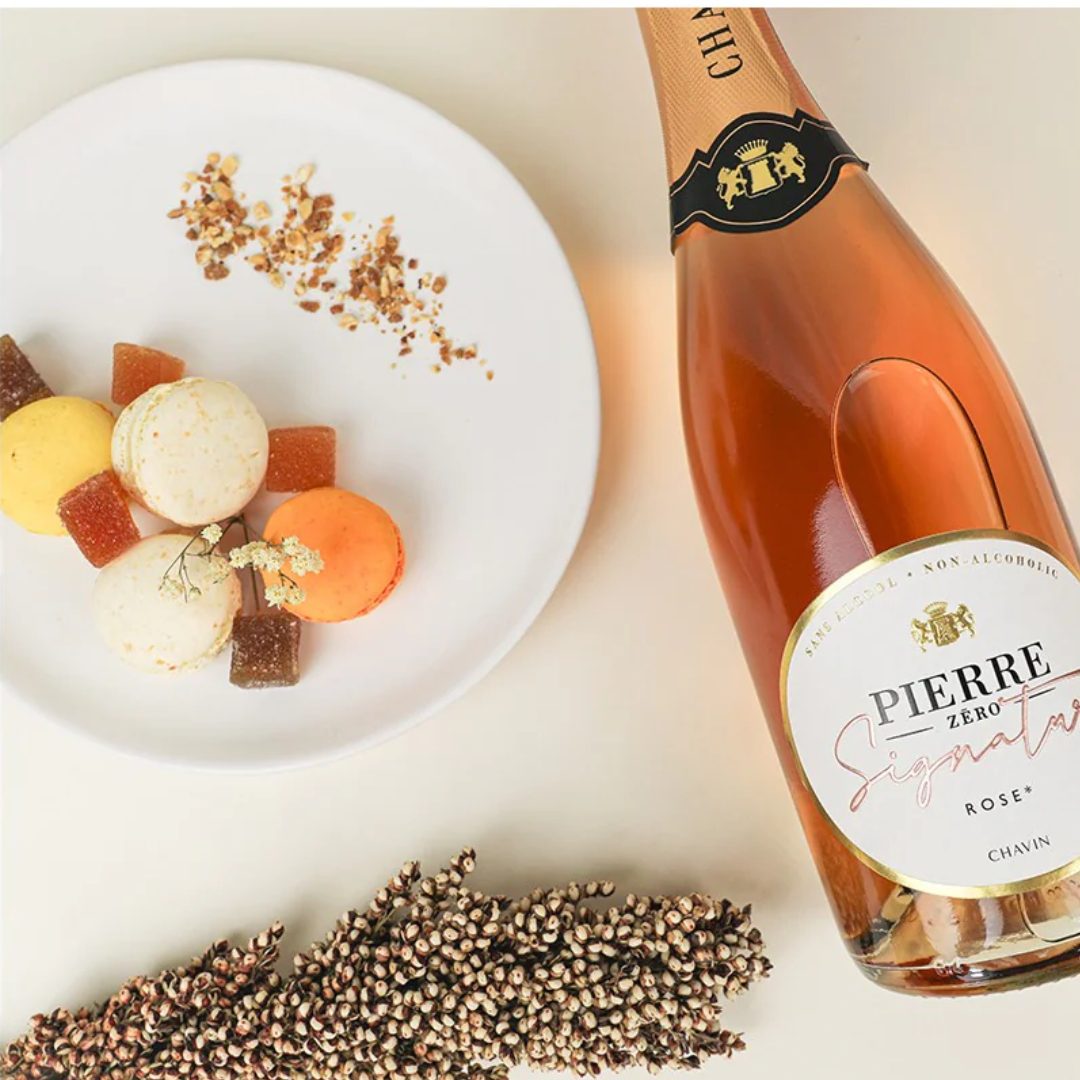
Pierre Chavin Zero Signature Sparkling Rosé
This elegant, fruit forward wine offers subtle notes of red berries and a beautifully balanced finish.
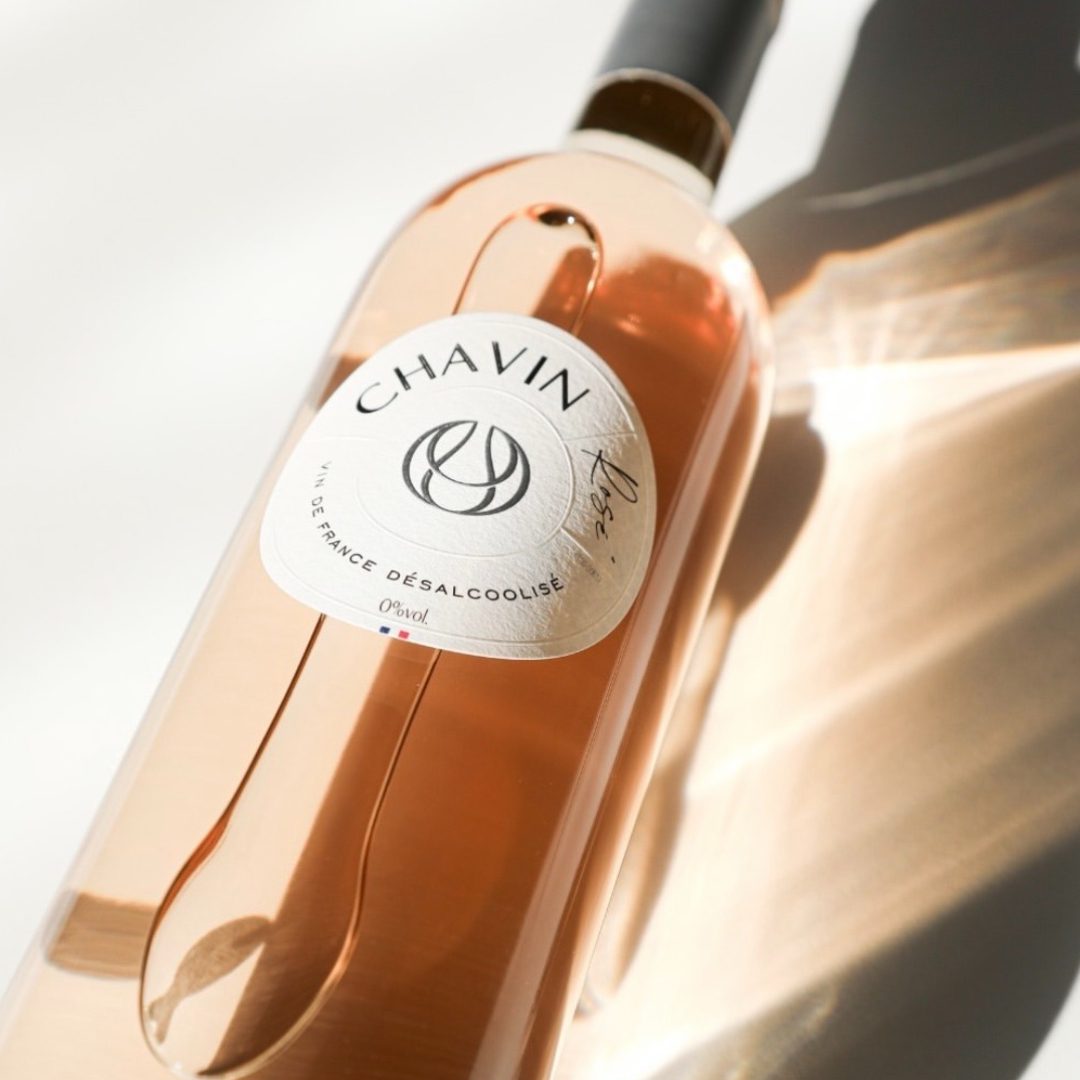
Pierre Chavin Zero Rosé
This alcohol-free rosé wine is noted for its delicate fruitiness, hint of tangy freshness, and a strong aroma of yellow fruits and white flowers.
Rosé’s beautiful pink hue is a result of careful winemaking techniques that balance color, flavor, and structure. Whether made through the maceration, saignée, or blending method, each Rosé tells a unique story influenced by grape varietals and regional styles. From the light, delicate wines of Provence to the bolder, more structured Rosés of Napa, this wine offers a diverse range of flavors, from bright and fruity to dry and savory. No matter your preference, there is a Rosé out there for everyone!
